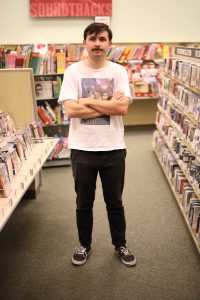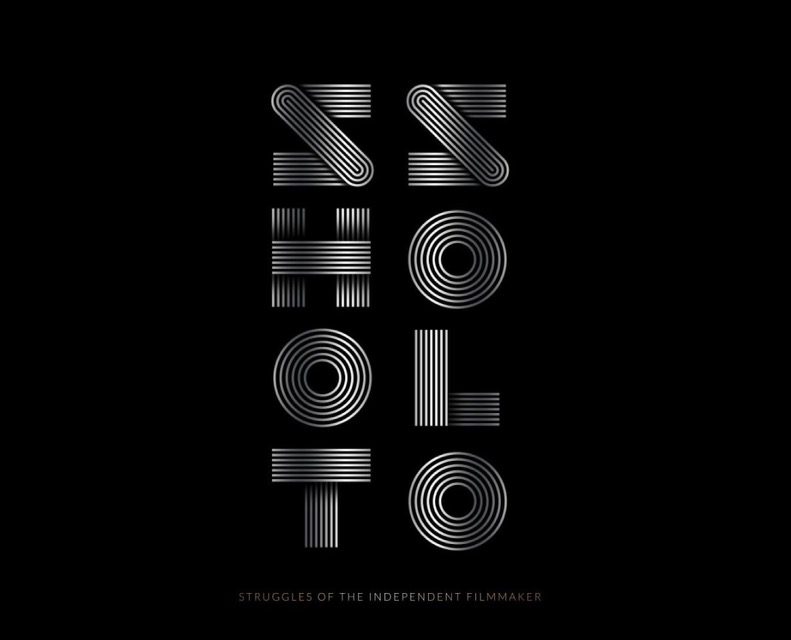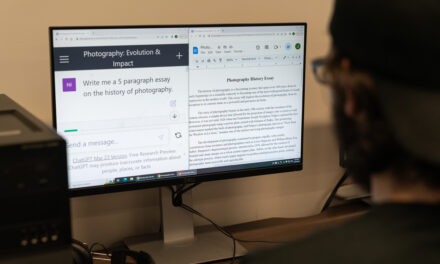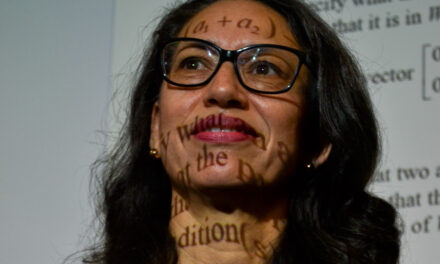Story by Sebastian Venegas – Photography by Isaac Figeroa
Many people don’t realize that in the iconic film “Citizen Kane,” we get a glimpse of Balboa Park playing the elegant role of Charles Kane’s mansion.
When thinking of film, people often think of Los Angeles but don’t realize that film and movie theaters are a huge part of San Diego and Southern California culture. Southern California is rich with interesting theaters and people passionate about film and filmmaking.
A young student filmmaker by the name of Alex Tostada said that film is special to him because as an immigrant from Mexico, he grew up watching movies in English when he first moved to the United States.
“When I was young we used to rent movies from Blockbuster and because film is a visual medium it got the gears going, putting together what I was watching gave me an understanding of what I was hearing as I got older, I learned English from it.”
Tostada has and is taking many film classes in college. “Screenwriting class was my first experience in the movie format, it felt like a free space where everyone could come up with ideas and share our scripts out loud,” Tostada says.
For many students, filmmaking can prove quite difficult due to the lack of budget and location. But many filmmakers find creative ways around those barriers.
“If you are shooting on a budget instead of doing something super high-tech, it forces you to focus on the characters and the story you are trying to tell,” Tostada says, adding that he has encountered issues such as lighting or actors not showing up but that it doesn’t limit what he tries to make.
Local filmmakers often have to resort to guerilla filmmaking tactics where they film at locations without proper permitting. Some say it is necessary to get that perfect shot or to shoot on location because they can’t afford sets. It’s the nature of independent filmmaking.
In the 2013 article “Shooting Guerilla style (at your own risk),” Writer Noam Kroll says “the biggest issue here is that you can get shut down. Getting shut down in a worst case scenario, literally means having the police ask to see your permit, realizing you have no permission to be shooting, writing you a very large fine, confiscating your equipment and sending you on your way.”

Filmmaker Dylan Baumgartner stands in the movie section at Barnes and Noble on Oct. 25, 2019. (Isaac Figeroa/Impact)
Dylan Baumgartner, another filmmaker, had to secretly film part of his 2017 short film “Dynamica” while aboard a moving train in Carlsbad. “The train ride went from Carlsbad to Downtown San Diego, we only had an 1 hour and 45 minutes to film, it was nerve racking.”
Filmmakers often have to compromise and work around circumstances like this. “In order to avoid continuity errors we had to switch sides on the way back to continue filming the scenes,” Baumgartner said of the train ride. It was described as stressful and frustrating, “the audio from the scenes on the train was unusable so we had to go back and dub over the audio,” he said adding the end result was worth the trouble. When the time came to show it on the big screen at a local theater, Baumgartner described it as “a very terrifying but rewarding and personal experience.”
Local film isn’t just about storytelling; thanks to the internet and social media, many have gotten into creating business out of video marketing.
Jordan Bryant got into filming and editing for fun at the age of 14 and now at 28 has started his own video marketing company where he has set formulas and structures to suit his clients needs. “I quit college and invested all my money in getting into video gear, drones, lenses and taught myself on YouTube.”
His first job was to make a video on a real estate development and his video generated over $1 million on Facebook for his client.
“That was the moment that I realized these formulas worked, that was my first taste of success.”
Bryant said he has started offering courses to teach others his methods of incorporating filmmaking with marketing.
Research shows that Bryant’s method works. An 2019 article entitled “6 secrets of a successful social media strategy” by Shane Barker states that “identifying your target audience is a crucial step. Unless you target the right audience, your strategy may not generate the desired results. The prime reason for this is that your content needs to be tailored to the likes and interests of your target audience.”
Jordan Bryant does just that, he said that his best work always comes when him and his clients understand their audience and deliver a product they are both proud of, he says.






Recent Comments